
In the annals of American cinema, few performances burn as brightly and endure as profoundly as Paul Newman’s turn as Lucas “Luke” Jackson in Stuart Rosenberg’s 1967 prison drama, “Cool Hand Luke.” More than just a film, it emerged as a cultural touchstone, capturing the zeitgeist of a turbulent era and offering a powerful, nuanced look at the human spirit’s refusal to be broken. Newman, already a celebrated actor, found in Luke a role that would not only define his enduring image but also resonate with generations, solidifying his status as an icon of defiance and cool under pressure.
“Cool Hand Luke” is a narrative woven with threads of rebellion, wit, and tragic heroism, set against the stark, oppressive backdrop of a 1950s Florida prison camp. The film’s brilliance lies not only in its compelling storyline of a man who “refuses to submit to the system” but also in its meticulous craft, from the nuanced performances of its supporting cast to the evocative cinematography and a musical score that became a ubiquitous part of popular culture. It is a testament to the collaborative artistry that creates cinema capable of transcending mere entertainment to become a mirror reflecting deeper societal truths.
As we delve into the intricate layers of “Cool Hand Luke,” we embark on a journey through its genesis, its thematic richness, and the indelible marks it left on the industry and the collective consciousness. From Paul Newman’s transformative performance to the film’s anti-establishment spirit and the unforgettable characters that populate its world, we’ll uncover how this cinematic gem continues to communicate profound messages about individuality, resistance, and the enduring quest for freedom against overwhelming odds.
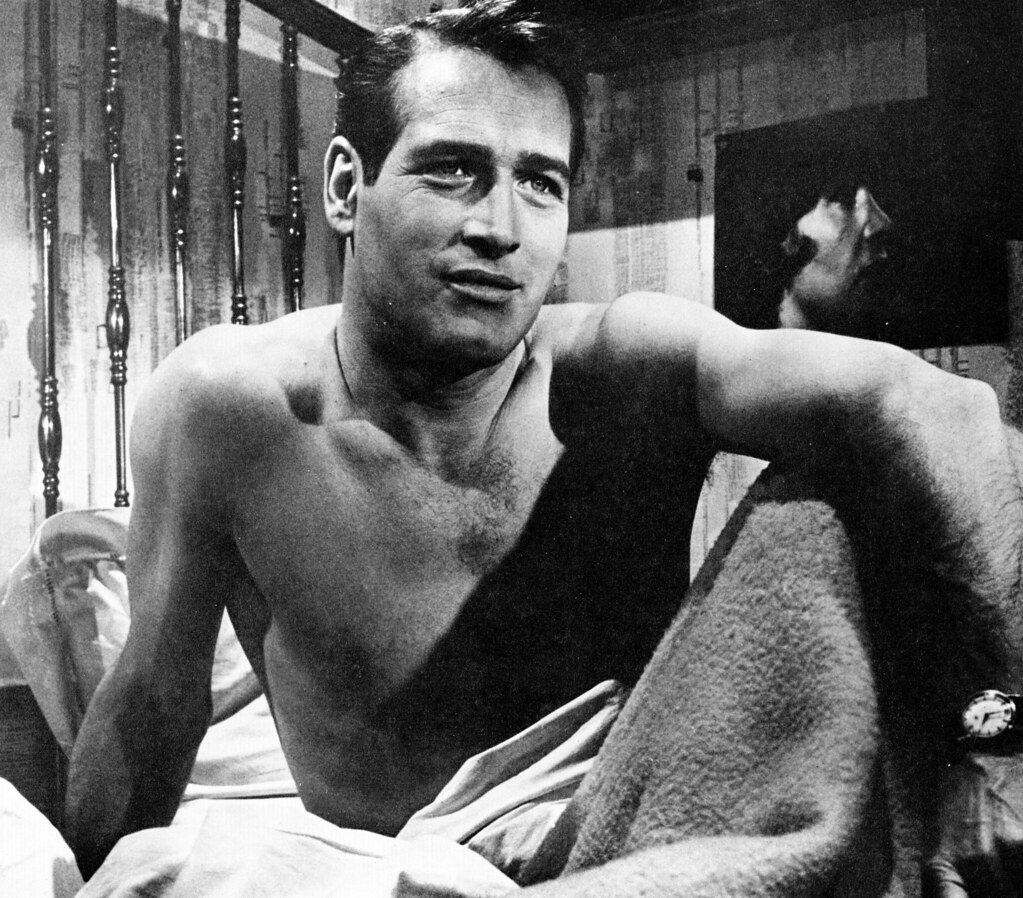
1. **Paul Newman’s Defining Role: Luke Jackson**Paul Newman’s portrayal of Lucas “Luke” Jackson is, without question, the pulsating heart of “Cool Hand Luke.” Newman masterfully embodies a decorated World War II veteran whose seemingly trivial act of drunkenly beheading parking meters lands him a two-year sentence on a Florida chain gang. His performance is a study in quiet defiance, transforming Luke from a simple convict into an inspirational figure among his fellow prisoners. Newman’s preparation for the role was thorough, as he traveled to West Virginia to record local accents and observe people’s behavior, ensuring an authenticity that permeated every frame of his performance.
His character’s journey within the brutal confines of the prison camp is marked by an unwavering spirit. From the initial boxing match with the formidable Dragline, where Luke, though severely outmatched, “refuses to acquiesce” and earns respect through sheer tenacity, to his audacious bluff in a poker game, declaring that “sometimes nothin’ can be a real cool hand,” Newman imbues Luke with a charismatic stubbornness. This tenacity not only earns him the enduring nickname “Cool Hand Luke” but also captures the imagination of his fellow inmates, who begin to idolize his every act of rebellion.
This role cemented Newman’s reputation as one of the era’s foremost actors. Roger Ebert aptly noted that “the physical presence of Paul Newman is the reason this movie works: The smile, the innocent blue eyes, the lack of strutting,” an inimitable combination that no other actor could have replicated as effectively. Newman’s performance is not merely about defiance; it’s about the subtle expressions of humanity and hope, even in the face of brutal suppression, making Luke a deeply relatable and profoundly heroic figure whose legacy continues to inspire.
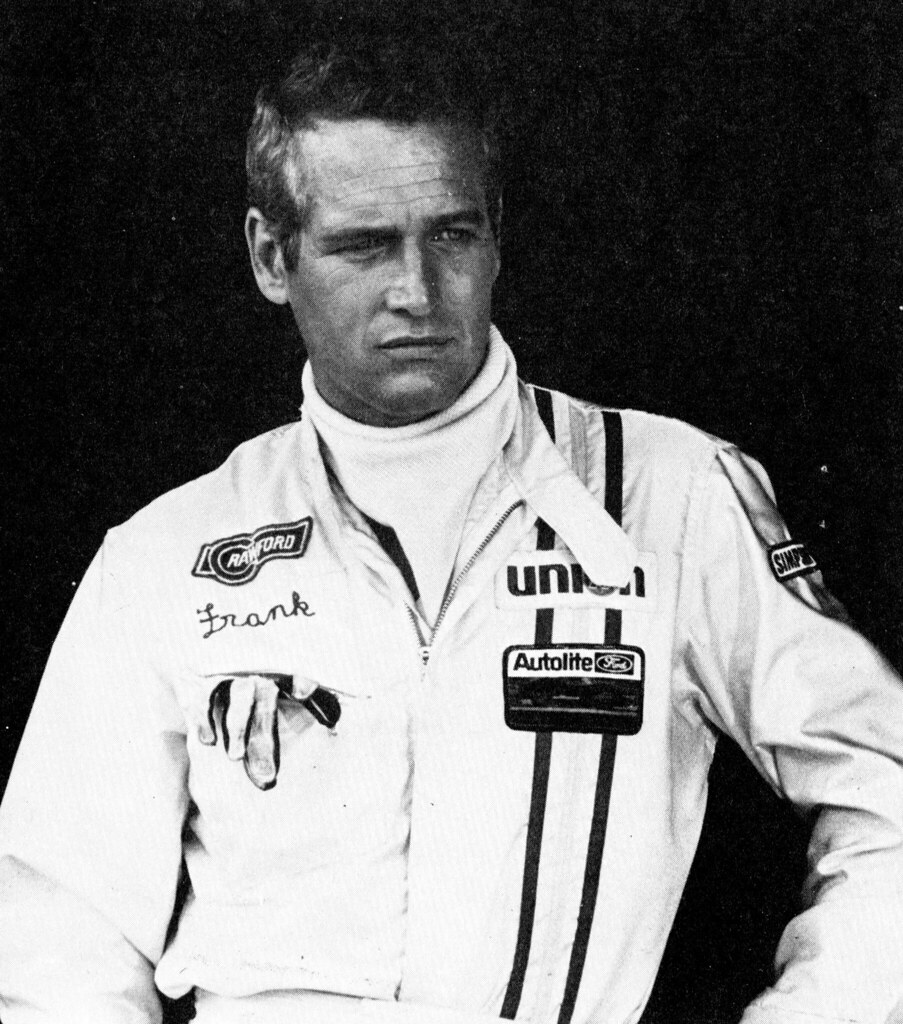
2. **The Anti-Establishment Pulse: “Cool Hand Luke” as a Product of its Time**Released in 1967, “Cool Hand Luke” arrived at a pivotal moment in American history, becoming, as Roger Ebert described it, an “anti-establishment film shot during emerging popular opposition to the Vietnam War.” The film’s narrative of an individual refusing to bend to an oppressive system resonated deeply with the burgeoning counterculture movements and the widespread questioning of authority that characterized the decade. Luke’s personal struggle against the dehumanizing prison regime served as a potent metaphor for larger societal discontent.
Luke’s repeated acts of defiance – whether it’s his audacious escapes, his unflinching humor, or his refusal to conform to the established pecking order – mirrored the spirit of civil disobedience and the clamor for individual freedoms being expressed across the nation. The film’s critical success and its label as a “touchstone of an era” underscore its profound connection to the prevailing mood of the time. It spoke to audiences who were growing increasingly disillusioned with institutional power and yearning for figures who dared to challenge the status quo.
This timeliness was a key factor in the film’s immediate impact and enduring relevance. It tapped into a collective consciousness that was grappling with issues of communication, authority, and individual liberty. The simple, brutal truths depicted in the film, particularly the “failure to communicate” theme, offered a powerful lens through which audiences could understand and process the complexities of their own changing world, making “Cool Hand Luke” far more than just a prison drama; it was a societal mirror.
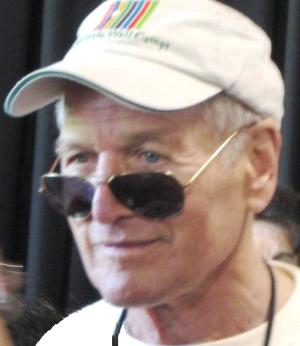
3. **A Riveting Narrative: The Plot’s Core Conflict**”Cool Hand Luke” unfolds with a narrative that is both deceptively simple and profoundly impactful, charting Luke Jackson’s unyielding spirit against a backdrop of institutional cruelty. The story commences with Luke’s arrest for a seemingly minor transgression—drunkenly beheading parking meters—an act that immediately marks him as an outsider unwilling to conform. This initial defiance sets the stage for his two-year sentence on a Florida chain gang, where he quickly comes into conflict with the rigid order enforced by the stern Captain and the silent, menacing Walking Boss Godfrey.
Luke’s arrival injects a potent dose of individualism into the stagnant, oppressive environment of the prison camp. His refusal to observe the established pecking order among the prisoners quickly brings him into confrontation with their formidable leader, Dragline. Their boxing match, where Luke endures a brutal beating but refuses to yield, cements his reputation for unshakeable tenacity. Subsequent acts, such as bluffing a poker game with a hand of “nothin'” and leading a work crew to complete a “seemingly impossible but successful effort to complete a road-paving job in less than a day,” elevate him to the status of a legend, inspiring his fellow inmates.
However, Luke’s defiance comes at a steep price, escalating his conflict with the authorities. His escape attempts, particularly after his mother’s death, are met with increasing brutality, culminating in the Captain’s iconic declaration, “What we’ve got here is failure to communicate.” Although Luke eventually appears to break under the relentless physical and psychological torture, his final, desperate flight with Dragline and his defiant monologue in the church lead to his tragic, yet symbolically triumphant, end, solidifying his legacy as an unbreakable spirit.
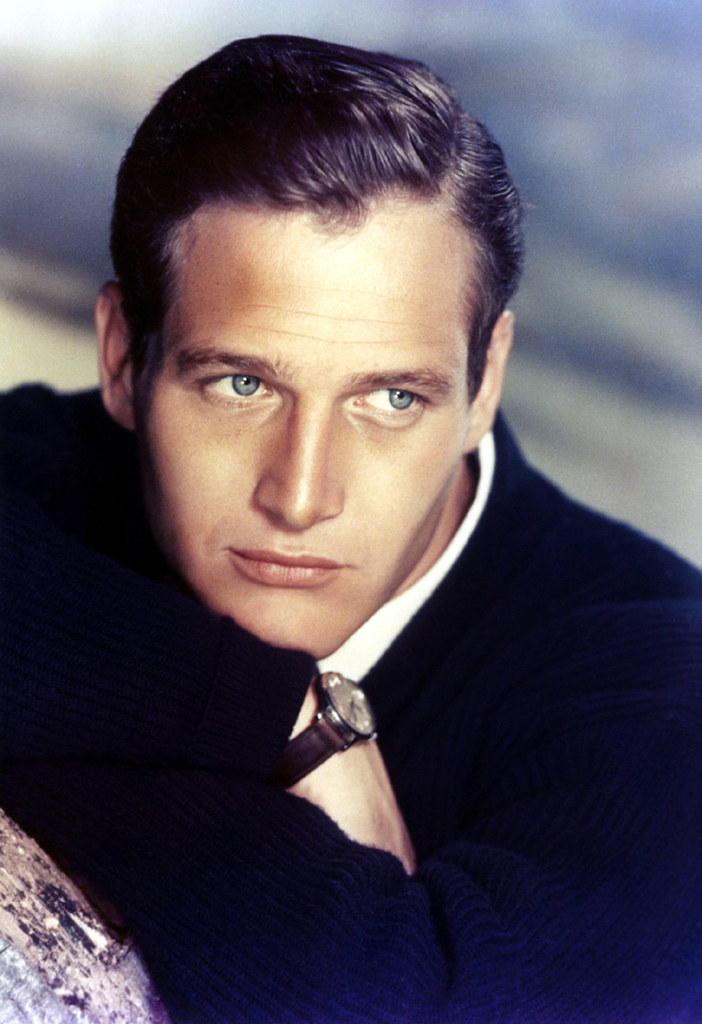
4. **Beyond Newman: The Stellar Supporting Cast and Oscar Wins**While Paul Newman’s performance as Luke is undeniably central, the power and depth of “Cool Hand Luke” are significantly amplified by its stellar supporting cast, many of whom delivered career-defining performances. Leading this ensemble is George Kennedy, who turned in an Academy Award-winning performance as Clarence “Dragline” Slidell. Kennedy’s portrayal captures the nuanced transformation of Dragline, initially Luke’s adversary and the prisoners’ leader, into his most devoted follower and chronicler of his legend. Kennedy’s win was hard-fought, as he spent $5,000 on trade advertising to promote himself, a move he later credited with multiplying his salary “by ten the minute [he] won” and freeing him from playing only villains.
Strother Martin’s performance as The Captain is equally unforgettable, depicting him as a “cruel and insensitive leader” whose detached brutality forms the perfect antagonist to Luke’s spirit. Martin’s delivery of the now-legendary line, “What we’ve got here is failure to communicate,” is chilling in its calm authoritarianism, embodying the very system Luke fights against. Jo Van Fleet, despite her role as Luke’s dying mother, Arletta, being “short but poignant,” delivers a powerful and affecting performance that brings a rare touch of vulnerability and human connection to Luke’s hardened world.
Further enriching the cast are actors like Morgan Woodward as the laconic and remorseless Boss Godfrey, dubbed “the man with no eyes” for his mirrored sunglasses, a chilling figure of silent menace. Even smaller roles, such as Joy Harmon’s memorable, wordless appearance as Lucille teasing the prisoners by washing her car, were crafted with care. Harmon’s scene, described by Marjory Adams of The Boston Globe as a “masterpiece of woman’s inhumanity to men,” highlights the meticulous attention to detail in casting, showcasing a diverse and competent ensemble that “elevates” the film among other prison narratives.
Read more about: Your Ultimate Guide to the 8 Most Epic Superhero Movies Crashing Into Theaters in 2025!

5. **Crafting the Illusion: Production Design and Filming Locations**The visual authenticity and oppressive atmosphere of “Cool Hand Luke” were meticulously crafted through exceptional production design and careful selection of filming locations. To faithfully recreate a Deep South prison farm, director Stuart Rosenberg and his crew undertook a unique approach, building the primary set in Stockton, California, within the San Joaquin River Delta region. This involved sending a crew to Tavares Road Prison in Tavares, Florida, where author Donn Pearce had served his time, to take precise “photographs and measurements” of an actual chain gang facility.
Based on these detailed observations, structures such as “barracks, a mess hall, the warden’s quarters, a guard shack and dog kennels” were constructed in Stockton, bringing a palpable sense of realism to the screen. To further enhance the Southern aesthetic, “the trees on the set were decorated with Spanish moss that the producers took to the area.” This attention to detail was so convincing that it even attracted the attention of a county building inspector who, mistaking the set for migrant worker housing, ordered it “condemned for code violations,” a testament to its authentic construction.
Beyond the main set, filming extended to other locales to capture diverse scenes. The iconic opening sequence, where Paul Newman’s Luke drunkenly cuts the heads off parking meters, was filmed in Lodi, California. Additionally, the harrowing scene in which Luke is chased by bloodhounds and other exterior shots were captured in Jacksonville, Florida, specifically at Callahan Road Prison. The use of actual dogs from the Florida Department of Corrections for the chase sequence further underscores the filmmakers’ commitment to a “ruthlessly realistic and plausible” staging, immersing the audience in the brutal reality of Luke’s world.
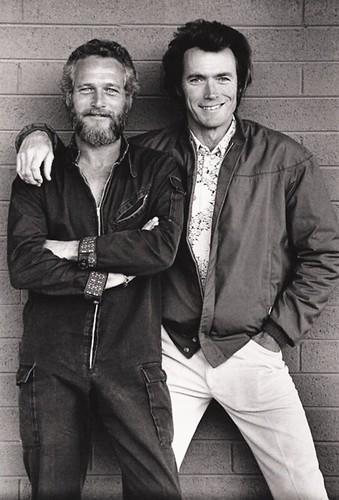
6. **The Genesis of a Classic: Donn Pearce’s Novel and its Adaptation**The compelling narrative of “Cool Hand Luke” originated from the deeply personal experiences of its author, Donn Pearce. A fascinating figure himself—a merchant seaman who had also been involved in counterfeiting and safe cracking—Pearce penned the novel based on his time serving on a chain gang in a Florida prison. His firsthand knowledge of the brutal realities of prison life infused the story with an authenticity that resonated profoundly, capturing the grim daily existence and the defiant spirit of those confined within the system.
The journey of Pearce’s story to the silver screen began when he sold the rights to Warner Bros. for $80,000, receiving an additional $15,000 to write the initial screenplay. Director Stuart Rosenberg, eager to make his directorial debut in cinema after a decade in television, saw the potential in Pearce’s raw narrative. He brought the idea to Jalem Productions, actor Jack Lemmon’s independent film production company, which had initially acquired the story for $100,000, with Lemmon explicitly stating he would not star in it.
Given Pearce’s limited experience with screenwriting, the producers eventually brought in Academy Award-nominated writer Frank Pierson in March 1966 to refine the script. Pierson, alongside Rosenberg, meticulously developed the narrative, though Rosenberg later made a significant alteration to the original ending. He chose to add “an upbeat ending that would reprise Luke’s (and Newman’s) trademark smile,” opting for a conclusion that, while still tragic, also underscored Luke’s enduring spirit, ensuring the film left a lasting impression that balanced realism with a touch of cinematic hope.
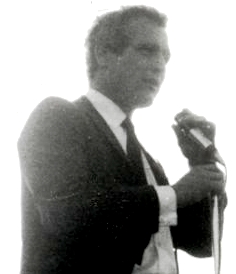
7. **A Score That Echoes: Lalo Schifrin’s Academy Award-Nominated Music**Integral to the evocative power of “Cool Hand Luke” is its Academy Award-nominated original score, composed by the brilliant Lalo Schifrin. Schifrin, known for his background in popular music and jazz, crafted a musical landscape that perfectly complemented the film’s stark visuals and emotional depth. His compositions skillfully underscore the tension, defiance, and occasional moments of levity within the prison camp, adding a layer of sophisticated artistry to the narrative.
The score is characterized by its diverse instrumentation, blending traditional American folk elements with a contemporary edge. Schifrin’s genius is evident in how he weaves together sounds from “guitars, banjos and harmonicas” for more rustic, earthy textures, while also incorporating the richness of “trumpets, violins, flutes and piano” to create a dynamic and complex auditory experience. This blend helps to root the film in its Southern setting while elevating its emotional resonance to a universal level.
Perhaps the most enduring legacy of Schifrin’s score is an edited version of the musical cue from the “Tar Sequence,” famously used where the inmates are energetically paving the road. This particular piece achieved a remarkable life beyond the film, becoming “the theme music for local television stations’ news programs around the world, mostly those owned and operated by ABC in the United States.” Its “staccato melody resembles the sound of a telegraph,” lending it an urgency that perfectly suited news broadcasts, making the film’s music ironically “more familiar for its association with TV news” than with the cinematic masterpiece it was originally composed for.

8. **Christian Symbolism: Luke as a Redeemer Figure**Beyond its gripping narrative of rebellion, “Cool Hand Luke” is imbued with a rich tapestry of Christian symbolism, transforming Luke Jackson from a mere convict into a figure of profound spiritual resonance. Frank Pierson, in his script, intentionally wove in explicit religious imagery, portraying Luke as a saintly figure who captivates the masses of his fellow prisoners and is ultimately sacrificed. His character is presented as a “Jesus-like redeemer figure,” whose actions and suffering echo biblical narratives.
One of the most striking visual representations of this theme occurs after Luke’s triumphant, yet exhausting, feat of eating 50 hard-boiled eggs. He collapses on the table, lying exhausted in a position that unmistakably mirrors Jesus as depicted in his crucifixion, with hands outstretched and feet folded over each other. This powerful visual immediately elevates Luke’s struggle to a spiritual plane, suggesting a martyrdom within the oppressive prison environment. His later act of singing “Plastic Jesus” after learning of his mother’s death further underscores this thematic undercurrent.
Comparisons to Jesus extend beyond visual cues; Greg Garrett notes that, much like Jesus, Luke was not physically threatening to society through his actions, and his eventual punishment was “out of all proportion” to his perceived transgressions. Other subtle references include Luke handing a snake, then a stick, to Boss Godfrey, which consciously mirrors Moses giving a stick, then a snake, to the Pharaoh. Luke’s desperate challenge to God during a rainstorm, where he dares the divine to do anything to him, adds another layer to his complex relationship with spiritual authority.
As the film progresses, the Christian motifs intensify. During a brutal sequence where Luke is forced to dig and refill grave-sized holes, Tramp, one of the inmates, performs the spiritual “No Grave Gonna Keep my Body Down,” a poignant musical interlude emphasizing themes of resurrection and indomitable spirit. Toward the film’s climax, Luke engages in a direct conversation with God in a church, a scene reminiscent of Jesus’ conversation with God in the Garden of Gethsemane, as depicted in the Gospel of Luke. Even after his tragic death, Dragline delivers a powerful eulogy, asserting that despite Luke’s physical demise, his actions succeeded in defeating the system, solidifying his spiritual victory. The film’s poignant final shot, depicting inmates working on crossroads from afar, forms a perfect cross, with a superimposed, repaired photograph of Luke (its creases also forming a cross) reinforcing his enduring, almost divine, legacy.
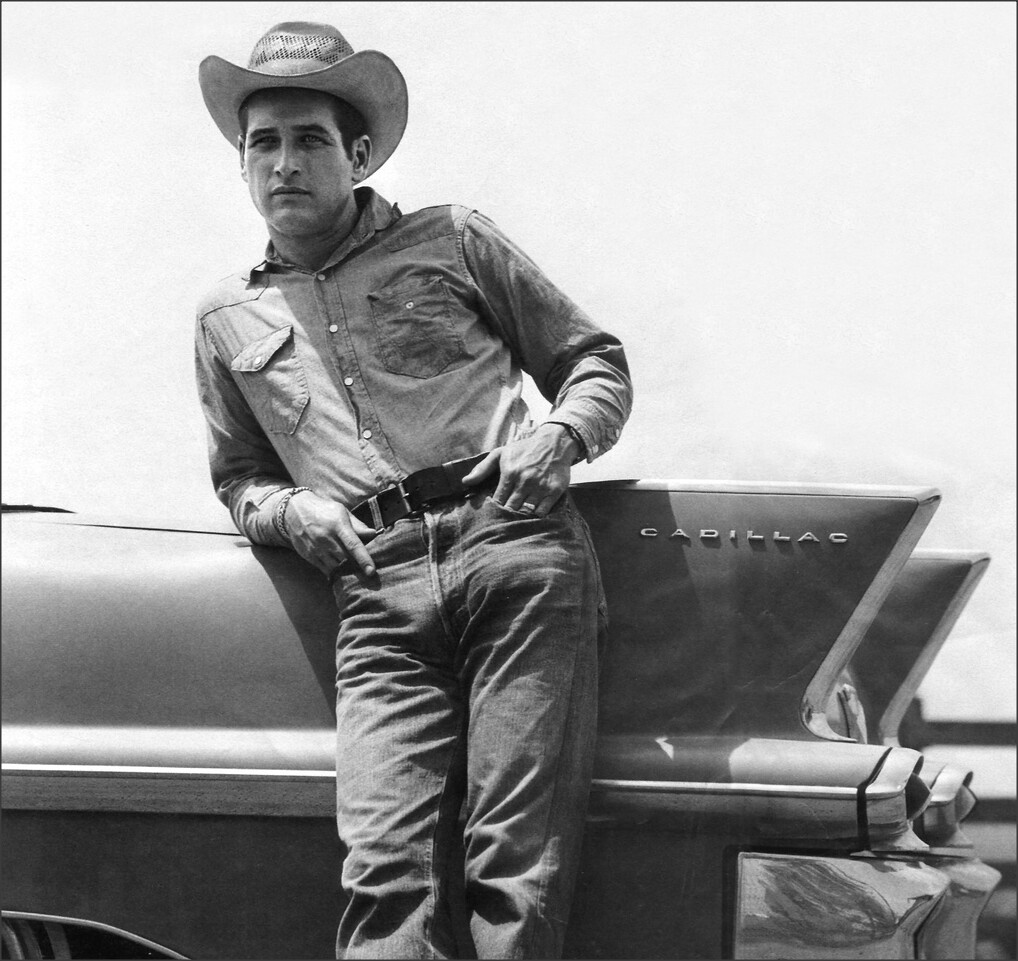
9. **The Visual Language of Traffic Signs**The filmmakers of “Cool Hand Luke” masterfully employed the subtle yet potent visual language of traffic signs and signals to underscore the film’s overarching themes of order, defiance, and fate. These seemingly mundane objects become powerful symbolic markers, complementing and commenting upon the characters’ actions and the unfolding drama. Their consistent presence reminds the audience of the rigid controls and predetermined pathways that govern Luke’s existence and eventual downfall.
From the very outset, this visual motif is established with striking clarity. The film opens with Paul Newman’s character drunkenly beheading parking meters, an act of petty rebellion that immediately flags him as a transgressor against societal rules. As he commits this initial defiant act, the word “Violation” prominently appears on screen, a direct and unambiguous signal of his trespass. This initial image sets the stage for a narrative where rules and their breaking are central to the conflict.
Throughout Luke’s imprisonment, various stop signs reinforce the omnipresent control exerted by the authorities. These symbols of absolute command are visible in several crucial scenes, notably during the arduous road-paving sequence. Here, the prisoners are engaged in a Sisyphean task of physical labor, literally reshaping the landscape under the watchful eyes of their captors, with stop signs serving as constant reminders of the boundaries they cannot cross. The film’s final scene, where the road meets at a cross section, provides another profound visual statement, suggesting an inescapable fate, a convergence of paths that ends in tragedy.
The use of traffic lights is particularly potent in marking pivotal moments in Luke’s journey. At the moment of his arrest, a traffic light in the background shifts from green to red, a visual metaphor for the abrupt cessation of his freedom and the imposition of a harsh new reality. This motif is powerfully echoed at the film’s sorrowful conclusion. When Luke is fatally wounded, a green light in the background turns red, signaling not only the literal end of his life but also the ultimate, irreversible halt to his spirit of defiance. This masterful use of everyday symbols elevates the film’s visual storytelling, imbuing it with deeper meaning and emotional resonance.
Read more about: Buyer Beware: 10 Flashy Coupes and Sedans That Turn into Bottomless Money Pits Past 80,000 Miles
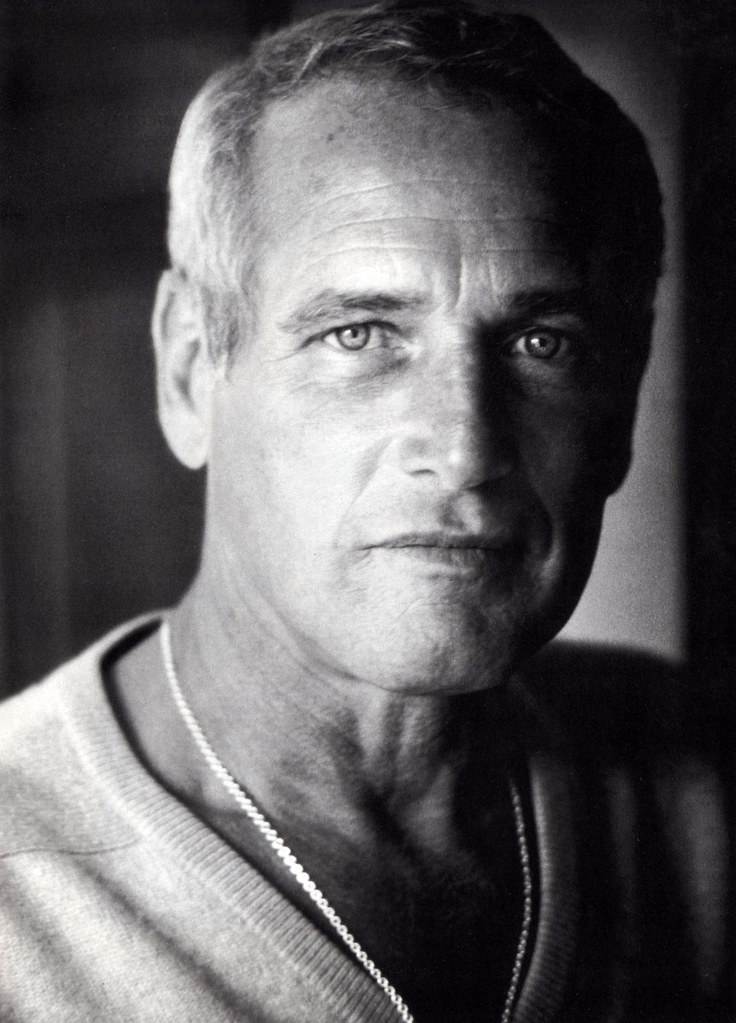
10. **”Failure to Communicate”: An Iconic Line’s Resonance**Few lines in cinematic history have resonated as profoundly or become as culturally ubiquitous as the Captain’s chilling declaration in “Cool Hand Luke”: “What we’ve got here is failure to communicate.” This iconic statement is delivered by Strother Martin’s character, the stern Captain, after he brutally bludgeons Luke to the ground, a moment that encapsulates the systemic oppression and fundamental misunderstanding that lies at the heart of the film. Its impact is so profound that Luke himself later mockingly repeats the first part of the speech, underscoring its pivotal role in their tragic dynamic.
Interestingly, the line’s writer, Frank Pierson, initially harbored concerns that the phrase might be too sophisticated for a prison warden. To address this, he crafted an ingenious backstory, which was included in the stage directions, explaining its origin. Pierson envisioned a system where Florida prison officers, striving for career advancement, would be required to undertake criminology and penology courses at the state university. This narrative detail provided a plausible explanation for the warden’s command of such academic language, grounding the phrase in a believable institutional context.
Strother Martin, the actor who so memorably delivered the line, later offered his own insightful interpretation. He believed that his character, the Captain, would undoubtedly have heard or read such phrases from “pointy-headed intellectuals” who were beginning to infiltrate his world. These intellectuals, under the guise of a “new, enlightened approach to incarceration,” represented a clash of ideologies that the Captain, a man of rigid, old-school authority, would have fundamentally resisted and resented. This perspective highlights the cultural shifts occurring at the time, making the line a microcosm of broader societal tensions.
The enduring power of “What we’ve got here is failure to communicate” lies in its versatility and applicability across various contexts, far beyond the confines of a prison camp. Contemporary authors and critics have interpreted it as a poignant metaphor for the ongoing Vietnam War, which was unfolding during the film’s production, reflecting a widespread sentiment of disconnect between authority and the populace. Others have applied it more broadly to the dysfunctional dynamics within corporations or even the generational chasm between parents and teenagers. Its timeless relevance is further cemented by its inclusion at number 11 on the American Film Institute’s prestigious list of the 100 most memorable movie lines, cementing its place in cinematic and cultural history.
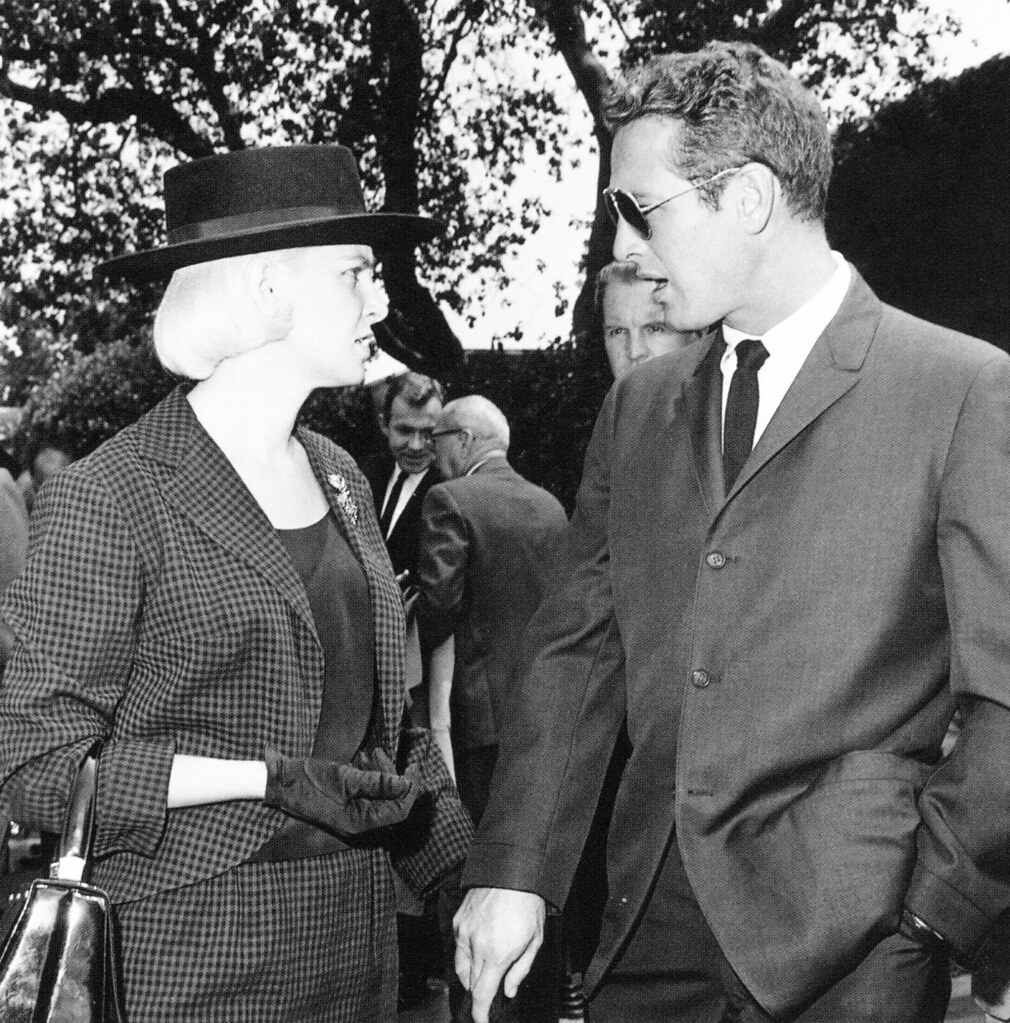
11. **Initial Critical Reception and Box-Office Success**Upon its release on October 31, 1967, at Loew’s State Theatre in New York City, “Cool Hand Luke” was met with widespread critical acclaim and swiftly emerged as a significant box-office success. The proceeds from its premiere were dedicated to charities, adding a noble dimension to its debut. The film ultimately grossed an impressive $16,217,773 in domestic screenings, firmly establishing itself as a commercial hit and solidifying Paul Newman’s already prominent status as one of the era’s top actors.
Critics across the nation lauded the film’s various strengths. *Variety* praised Newman’s performance as “excellent” and commended the supporting cast for being “versatile and competent.” *The New York Times*, a particularly influential voice, was effusive in its praise, highlighting Pearce and Pierson’s “sharp script” and Rosenberg’s “ruthlessly realistic and plausible” staging and direction. The review especially applauded Newman’s “splendid” performance, noting that an “unfaultable” cast “elevates” the film above other prison narratives. George Kennedy’s portrayal was deemed “powerfully obsessive,” and the actors playing the prison staff were chillingly described as “blood-chilling.”
*The New York Daily News* awarded “Cool Hand Luke” three-and-a-half stars, with reviewer Ann Guarino noting that the film’s basis in Pearce’s chain gang experiences underscored a powerful message. Guarino suggested that “if the cruelties depicted are true, the film should encourage reforms,” a testament to its social impact. She celebrated Newman’s acting as “excellent,” describing him as “charming and likeable,” and acknowledged Kennedy for supplying much-needed humor. Jo Van Fleet’s portrayal of Arletta was “played outstandingly,” Martin was “effective” as the warden, and the rest of the cast “do well in their roles.”
Marjory Adams of *The Boston Globe* minced no words, stating that “Cool Hand Luke ‘hits hard, spares no punches, deals with rough, sadistic and unhappy men’.” She found Newman “tremendously effective,” his portrayal “played with perceptiveness, honesty and compassion.” Adams specifically singled out Kennedy as “stand[ing] out as unofficial leader of the convicts,” recognized Van Fleet’s role as “short but poignant,” and famously described Joy Harmon’s brief but memorable appearance as Lucille as “a masterpiece of woman’s inhumanity to men.” Rosenberg’s direction, she concluded, was “sharp, discerning and realistic,” collectively painting a picture of a film that was both critically celebrated and deeply impactful from its very first days in cinemas.
Read more about: Beyond Horror: An In-Depth Look at Stephen King’s Unexpected Top 10 Films of All Time
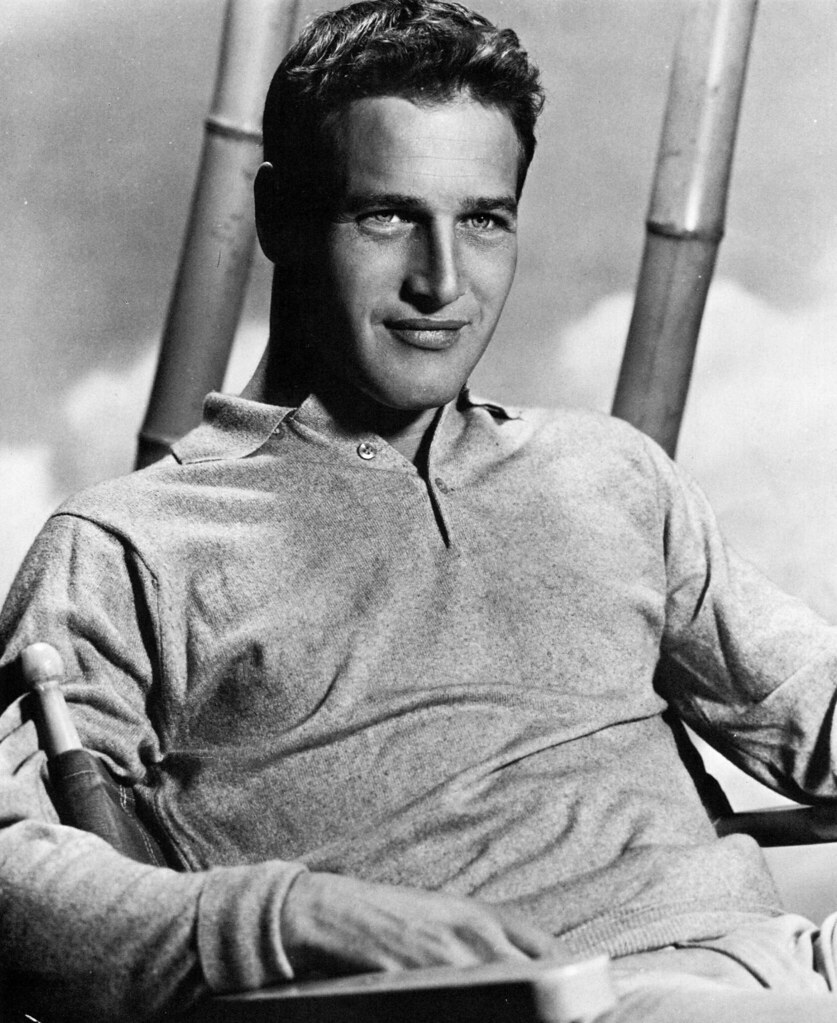
12. **Enduring Acclaim: Later Reviews and Film Registry Induction**Decades after its initial release, “Cool Hand Luke” continues to garner widespread critical acclaim, solidifying its status as a timeless classic. The review aggregator website Rotten Tomatoes boasts a rare 100% positive rating from 57 critics, with an impressive average rating of 8.8/10. The site’s consensus affirms that “Though hampered by Stuart Rosenberg’s direction, Cool Hand Luke is held aloft by a stellar script and one of Paul Newman’s most indelible performances.” Metacritic, employing a weighted average, assigned the film a score of 92 out of 100 based on 16 critics, indicating “universal acclaim.” *Empire* magazine rated it five stars out of five, declaring it one of Newman’s finest performances, while *Slant* magazine, rating it three out of four stars, hailed Newman’s role as “iconic” and praised its cinematography and sound score.
*Allmovie* lauded Newman’s portrayal as one of “the most indelible anti-authoritarian heroes in movie history,” a sentiment echoed by legendary film critic Roger Ebert. Ebert included the film in his esteemed collection *The Great Movies*, awarding it a perfect four stars out of four. He characterized it as a “great” film and an essential “anti-establishment” work of the Vietnam War era, emphasizing that it was very much “a product of its time.” Ebert mused that no major film company today would likely be interested in producing a film depicting such “physical punishment, psychological cruelty, hopelessness and equal parts of sadism and masochism.” He specifically commended Conrad Hall’s cinematography for brilliantly capturing the “punishing heat” of the location and reiterated that “the physical presence of Paul Newman is the reason this movie works: The smile, the innocent blue eyes, the lack of strutting,” a unique combination no other actor could have replicated with such effectiveness.
However, later critical assessments were not entirely devoid of nuance or critique. Newman’s biographer, Lawrence J. Quirk, surprisingly considered it one of Newman’s weaker performances, writing, “For once, even Newman’s famed charisma fails him, for in Cool Hand Luke he completely lacks the charm that, say, Al Pacino in Scarecrow effortlessly exhibits when he plays a screw-up who also winds up (briefly) incarcerated.” Quirk did concede that Newman’s performance gained strength in the latter half, arguing that “to be fair to Newman, he was trying his damnedest to play an impossible part, since Luke is a convict’s rationalization fantasy and never a real character.” Some authors also criticized the film’s depiction of prison life, with *Life* magazine’s review, “Sheer Beauty in the Wrong Place,” praising the photography but criticizing the visual styles for making the prison camp look like “a rest camp [in which] the men are getting plenty of sleep, food and healthy outdoor exercise,” suggesting it minimized the harsh realities. Ron Clooney similarly remarked that prisons “were not hotels and certainly not the stuff of Cool Hand Luke movies,” offering a counterpoint to the film’s celebrated realism.
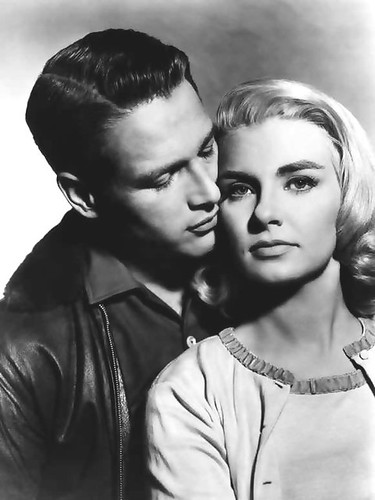
13. **Awards and Nominations: A Testament to Excellence**”Cool Hand Luke”‘s profound impact and exceptional quality were widely recognized through numerous prestigious awards and nominations, cementing its place in cinematic history. At the 40th Academy Awards, the film garnered four nominations, a testament to its comprehensive excellence. Paul Newman received a nomination for Best Actor for his defining portrayal of Luke Jackson, a role that would become synonymous with his career. George Kennedy’s transformative performance as Dragline, however, earned him the coveted Academy Award for Best Supporting Actor, a hard-fought victory that significantly boosted his career and salary, allowing him to diversify his roles beyond villains.
The film’s compelling narrative also received high honors, with Donn Pearce and Frank Pierson earning a nomination for Best Screenplay – Based on Material from Another Medium, acknowledging their masterful adaptation of Pearce’s original novel. Furthermore, Lalo Schifrin’s distinctive and atmospheric score was recognized with a nomination for Best Original Music Score, highlighting its integral contribution to the film’s mood and impact. These Oscar nominations underscored the film’s critical success across key creative categories.
Beyond the Academy Awards, “Cool Hand Luke” continued to rack up accolades. Stuart Rosenberg was nominated for Outstanding Directorial Achievement in Motion Pictures at the Directors Guild of America Awards, recognizing his skilled hand in bringing the story to life. The Golden Globe Awards saw nominations for both Paul Newman (Best Actor in a Motion Picture – Drama) and George Kennedy (Best Supporting Actor – Motion Picture), further solidifying their celebrated performances. The Laurel Awards nominated the film for Top Drama and Paul Newman for Top Male Dramatic Performance, with George Kennedy ultimately winning for Top Male Supporting Performance. The film’s enduring cultural significance was further recognized in 2005 when the United States Library of Congress selected it for preservation in the National Film Registry, considering it “culturally, historically, or aesthetically significant.” Additionally, Conrad L. Hall received a 2nd Place for Best Cinematography from the National Society of Film Critics, and the film was inducted into the Online Film & Television Association Awards Hall of Fame – Motion Picture, reinforcing its status as a foundational work in American cinema.
Read more about: Polly Holliday, Celebrated Stage and Screen Actress Whose “Kiss My Grits!” Became a National Retort, Dies at 88
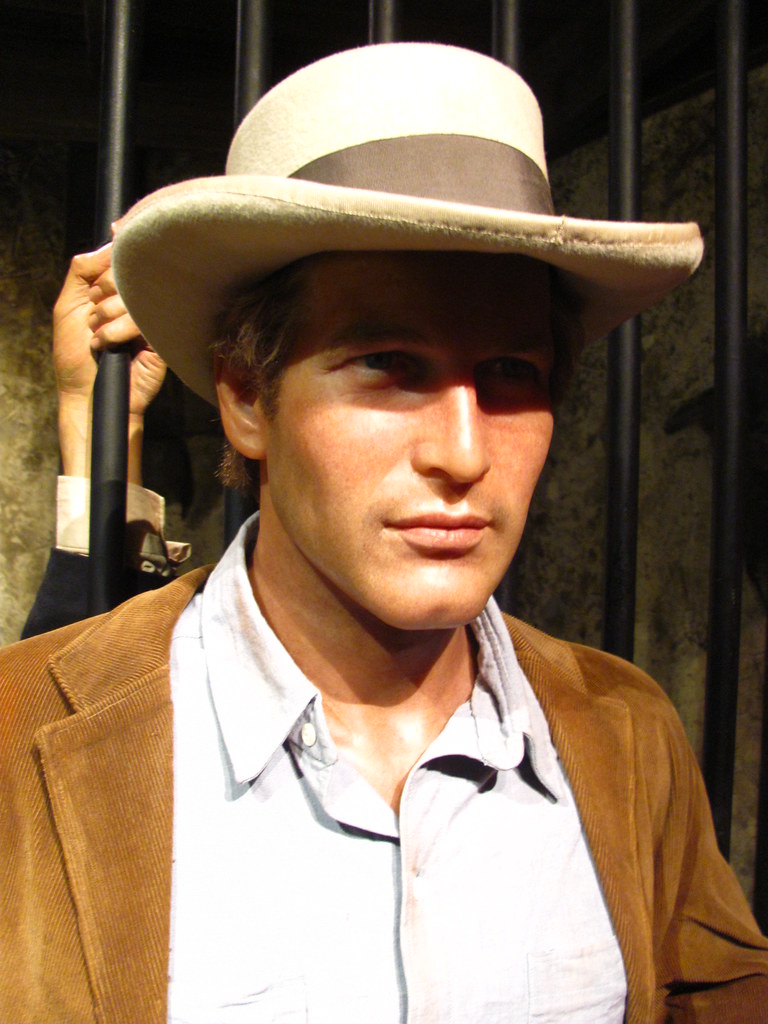
14. **The Enduring Legacy: From AFI Lists to Pop Culture**”Cool Hand Luke” has carved out an indelible legacy in American culture, transcending its cinematic origins to become a touchstone for discussions on rebellion, individuality, and perseverance. Its impact is vividly illustrated by its consistent appearance on prestigious film lists and its permeation into popular culture. In 2003, the American Film Institute (AFI) recognized Luke Jackson as the 30th-greatest hero in American cinema on their “AFI’s 100 Years…100 Heroes & Villains” list. Three years later, the film itself was ranked number 71 on “AFI’s 100 Years…100 Cheers: America’s Most Inspiring Movies,” highlighting its capacity to uplift and resonate deeply with audiences. *Empire* magazine further cemented Luke’s iconic status, ranking him 53rd in their “The 100 Greatest Movie Characters,” a testament to the character’s enduring appeal. The film undeniably solidified Newman’s standing as a major box-office star and is widely considered a “touchstone of the era.” Its importance was formally acknowledged with its induction into the National Film Registry in 2005, ensuring its preservation for future generations.
Beyond critical acclaim and institutional recognition, “Cool Hand Luke” has found its way into the broader cultural lexicon, demonstrating its pervasive influence. A notable example includes an episode of the popular television show *The Dukes of Hazzard*, titled “Cool Hands Luke and Bo.” In this episode, actor Morgan Woodward, who played Boss Godfrey in the film, appeared as “Colonel Cassius Claiborne,” a prison warden who conspicuously wears the trademark mirrored shades of his original character, providing a direct and affectionate nod to the movie’s iconic imagery. The film’s narrative was also adapted into a West End play by Emma Reeves, which opened at London’s Aldwych Theatre in 2011, starring Marc Warren. While the stage adaptation closed after less than two months due to poor reviews, it was notably chosen by *The Times* as both “Critic’s Choice” and “What the Critics Would Pay To See,” underscoring the story’s enduring theatrical potential and resonance.
The film’s title and its central character have even inspired artistic and sporting endeavors, further solidifying its status as a pop culture phenomenon. The Nashville-based Christian alternative rock band “Cool Hand Luke” adopted the film’s title, drawing inspiration from its themes and narrative. More recently, in the world of darts, the 2024 PDC world darts champion Luke Humphries proudly uses “Cool Hand Luke” as his nickname, demonstrating the character’s enduring appeal as a symbol of composure and tenacity under pressure. This diverse array of references, from television and theater to music and sports, speaks volumes about the film’s profound and lasting impact on the collective consciousness, reinforcing its position as a truly foundational and endlessly fascinating work in American cinema.
Read more about: Beyond the Disco: Unearthing the Pivotal Events and Enduring Legacies That Shaped the 1970s
Indeed, “Cool Hand Luke” transcends the boundaries of a mere prison drama, offering a timeless exploration of the human spirit’s unyielding quest for freedom against overwhelming odds. Its rich thematic layers, unforgettable performances, and a narrative that continues to provoke thought and inspire defiance, ensure its place not just in film history, but in the very fabric of our cultural conversation. The story of Luke Jackson, the man who refused to be broken, remains a powerful testament to individualism and the enduring struggle against oppressive systems, proving that sometimes, “nothin’ can be a real cool hand.”



